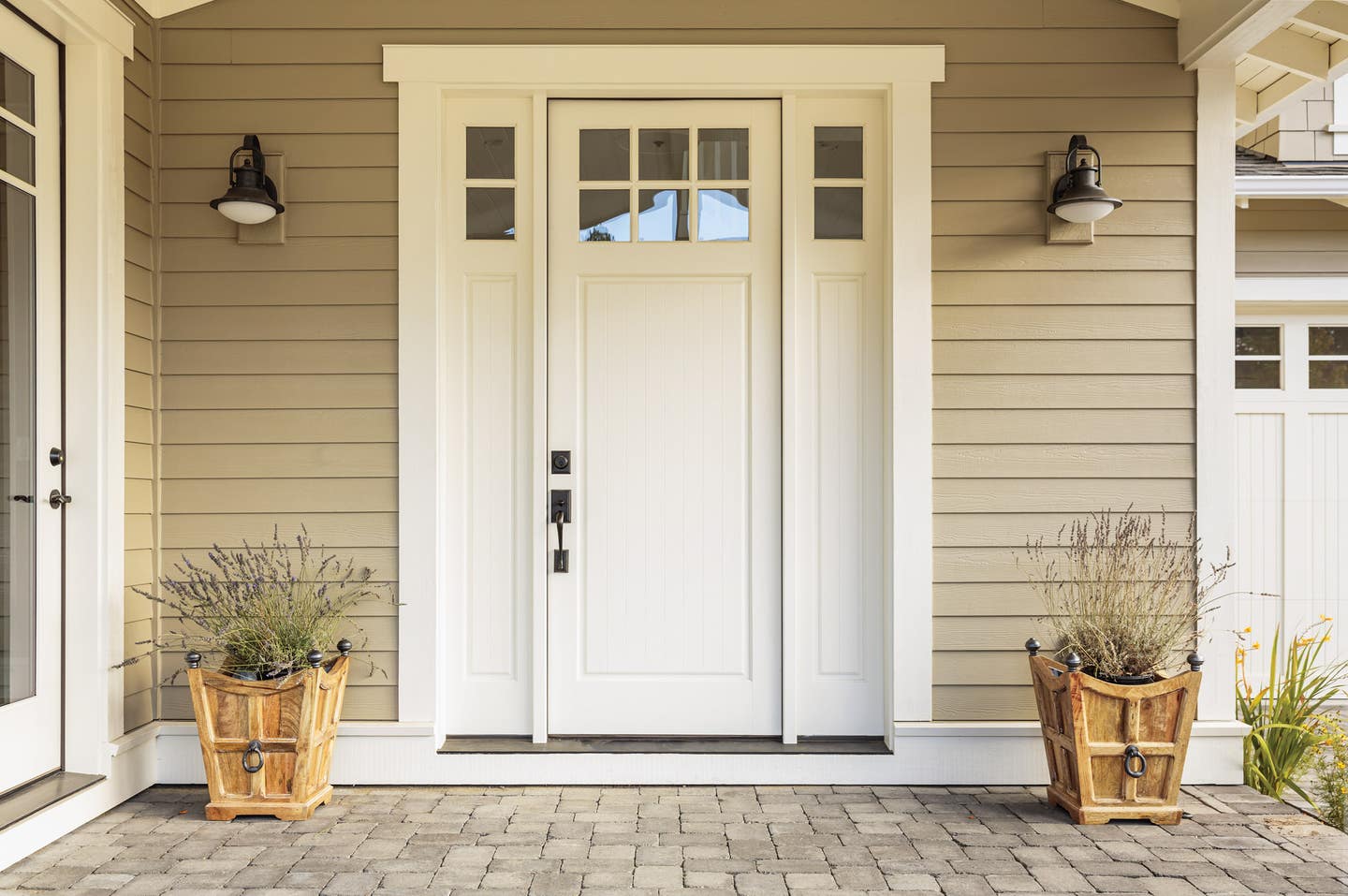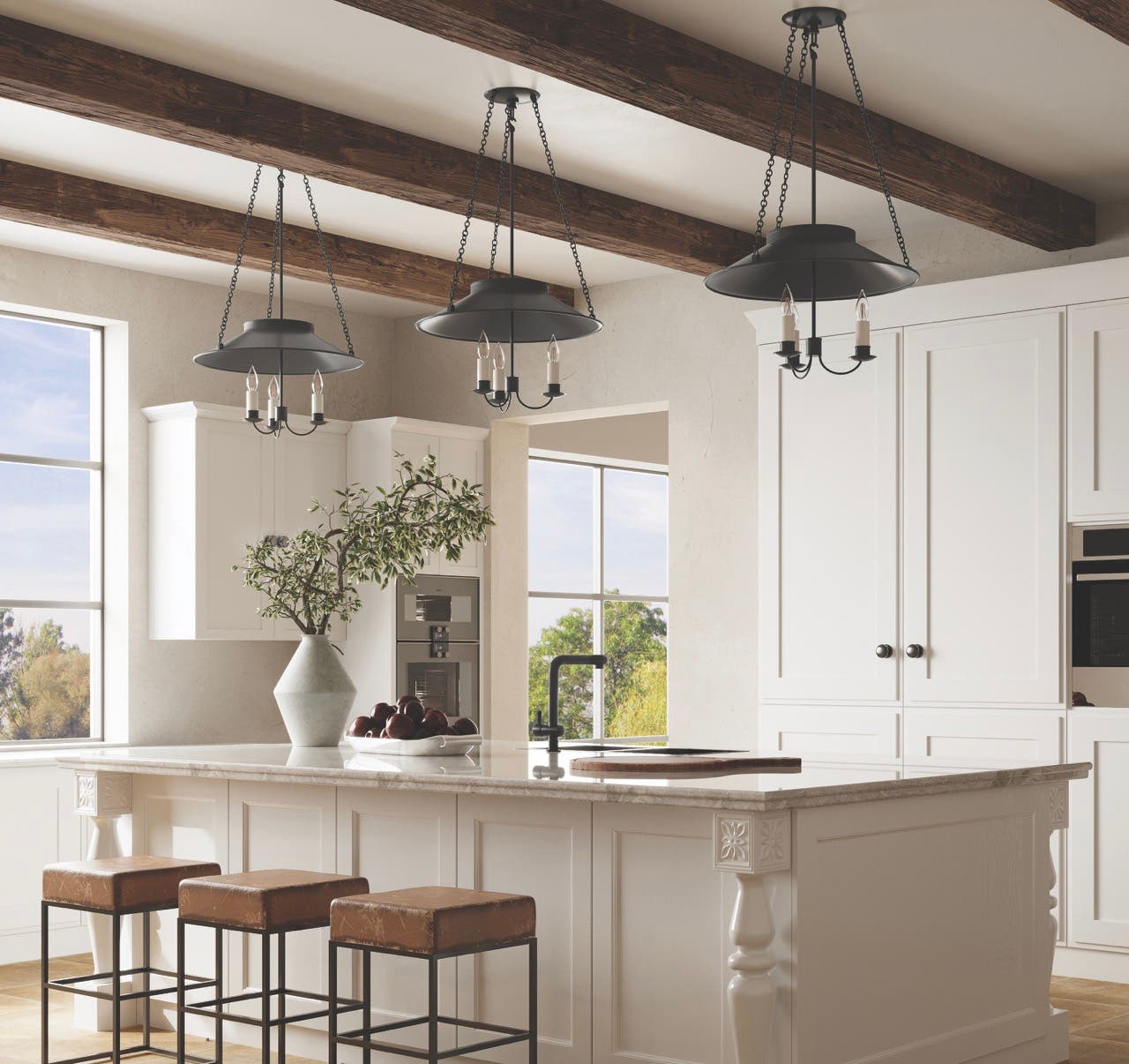
Product Reports
What’s New in High-End Hardware?
The importance of quality fittings in boats and ships is such that they can “cost more than the hull.” Architectural hardware is no less critical for buildings, and as the interest in historical design continues to expand, it’s useful to see where it’s growing.
E.R. Butler & Co.
When last we checked in with E.R. Butler & Co. the most recent addition to their architectural fold was W.C. Vaughn Co., established in 1902, giving them among the widest and most authentic collection of decorative and working hardware to be found. “We’re the product of more than five generations of hardware manufacturing,” explains president Rhett Butler. “Our history is based in Early American/Federal/Georgian designs of the early 1800s, but also includes manufacturing hardware for many of the early modernist architects from the 1930s to the 1960s.”
Indeed, just a glance at the various historic collections of knobs, levers, latches, handles, hinges, pulls, and related accessories reads like a timeline of American precision metalwork, in both design and mechanics. It’s also one that’s timeless. For example, the sensual, shiny metal orbs of cabinet and door knobs from the E.R. Robinson & Co. line could fit as neatly in a Mid-Century Modern mansion as a Greek Revival villa. “A simple, turned, round knob is about as basic and as simple as it gets,” explains Butler, “and likely never been out of style.”
Of late, E.R Butler has now welcomed designs from Maison J. Vervloet Faes of France and G. Bonomi & Figli in Italy, bringing classic International Style and Art Moderne flair to their offerings.
Craftsmen Hardware
Faithful Arts & Crafts-style hardware has long been hard to find—that is, until Craftsmen Hardware Company came to the market over 20 years ago. Even during the movement’s heyday just after 1900, copper hinges, escutcheons, and door and drawer pulls with a rustic, hand-forged look were rare among the offerings of mass-market manufacturers like Yale and Russell & Erwin and more the domain of a few specialty producers—chief among them furniture maker Gustav Stickley.
To fill this gap, Craftsmen Hardware built a business around a comprehensive line of Arts & Crafts fittings and furnishings that emulate the movement’s love of structural forms in bold, hammered metal—especially copper. Many of their products are based on designs from original, long-gone producers, such as the legendary Pacific Hardware Company of Los Angeles, whose prolific designers turned out everything from rectilinear patterns with four-square insets to crawly, mock-medieval door plates worthy of Walt Disney.
A natural fit with Arts & Crafts architecture, such as bungalows and Gothic buildings, many of these items are equally at home in woodsy Tudor/English Revival-style interiors or log mountain retreats. Like Arts & Crafts furniture itself, they’re strong on personality while at the same time unobtrusive. The latest passion at Craftsmen Hardware is lighting fixtures in the wood-inspired, California Craftsman vein.
P.E. Guerin
If anyone has perspective on changing tastes in high-end decorative hardware it’s the folks at P.E. Guerin, manufacturers since 1857. “The big takeaway I have for the last four or five years is there’s a big resurgence for classicism,” observes Martin Grubman, vice president. “For 15 or 20 years it was modern, modern, modern; then transitional, transitional, transitional; then modern, modern, modern. For all the projects we’re doing now—big, medium, small—there’s more traditional material being used again, which is great for us, because it’s certainly one of our strengths.” What face does traditional wear this time around? “Mostly 18th-century French and English designs,” he explains, “Louis 14, 15, 16 for French, Adamesque for English.”
Grubman’s expert eye is based not on some snapshot of the internet but a century of serving a wide market in a broad range of designs, many of which they still produce. “We were here in the 1950s and ‘60s making the hardware people now call Mid-Century Modern; here in the 1930s making what’s now called Art Deco; and here in the 1910s and ’20 making Nouveau.” The pendulum is now swinging back again towards traditional, he says, with seemingly more every year. “We’ve been doing some really big projects in Miami, Palm Beach, and here in New York, and also London and Kuwait—and they’re all traditional.”
The Nanz Company
Discipline is freedom, as the saying goes, and that holds true at The Nanz Company, where the discipline of mastering your field permits you to do whatever you want. “We’re not in the business of distributing other people’s hardware,” explains Sarah Erlich at the company, “so we really do manufacture everything ourselves using various methods, from casting to machining to forging, to assure the best quality.”
Indeed, the scope and originality of designs is what first impresses the consumer trolling through their product line. Some items are instantly recognizable as traditional lever handles, paumelle hinges, cabinet catches, or rim locksets, while others, seen out of context, appear at first glance like sublime, geometric artworks from the future. Because the company’s owners originally worked in the restoration of pre-1940s buildings, a lot of their designs stem from historic precedent or being able to upgrade their projects with hardware that worked better—but not all. “We have geometric, organic, and classical products that we design through traditional pencil-and-paper techniques, as well as 2D and 3D software,” says Erlich, “so it’s really quite a range.” Throughout every product runs an emphasis on custom manufacturing and quality that extends to the latest client interests, such as high-tech lock mechanisms and coordinated bath hardware.
Brass Accents, Inc.
True to its name, Brass Accents, Inc. is a ready source of solid brass architectural hardware that emphasizes the beauty of this legendary golden metal. One of the company’s latest additions is their new line of decorative hinges in 19th-century designs of Filagree, Victorian, and Eastlake motifs. All take advantage of brass’s renown for deep-relief casting that highlights a polished surface decoration with shadowed recesses. The company also offers ball and steeple tips for same—the finishing touch you don’t often see on new hardware and frequently long-gone on old hinges. The same attention to detail can be found on their other products, such as door knockers and pulls, push and pull handles, floor registers, mail slots, and switch plates.
Solidly in-step with the times and trends in other building products, such as paint, Brass Accents has now debuted two health-related product options. Hardware can be ordered with antimicrobial finishes that reduce the transmission of harmful microbes—a big boon for high-traffic public areas, or any place where repeated disinfecting is not practical. The finishes are available in six versions: Antique Brass, Satin Nickel, Black, Oil-rubbed Bronze, Satin Brass, and Satin Stainless. Just as health-conscious are the new hands-free pulls that allow the user to open a door without hand contact.
Gordon H. Bock is an architectural historian, instructor with the National Preservation Institute, and speaker through www.gordonbock.com.








